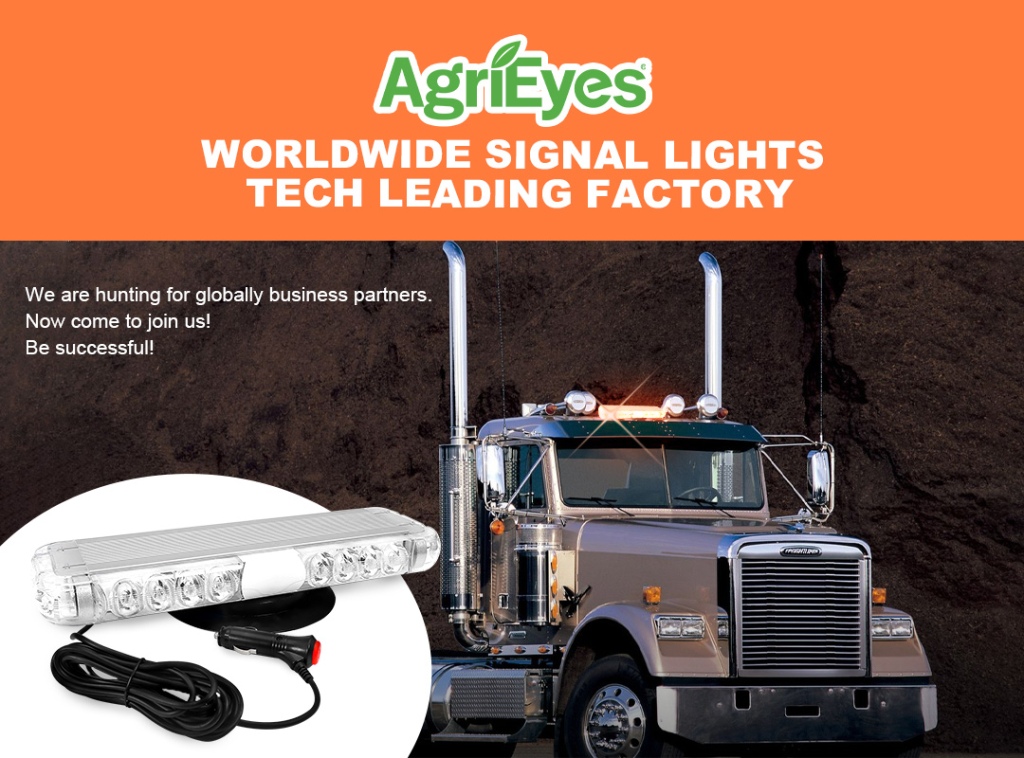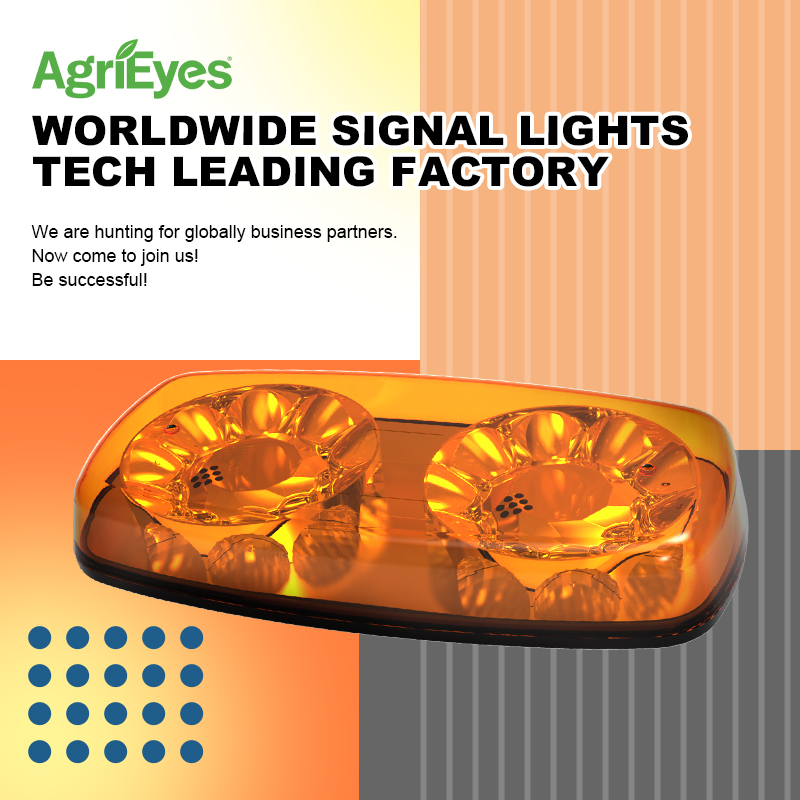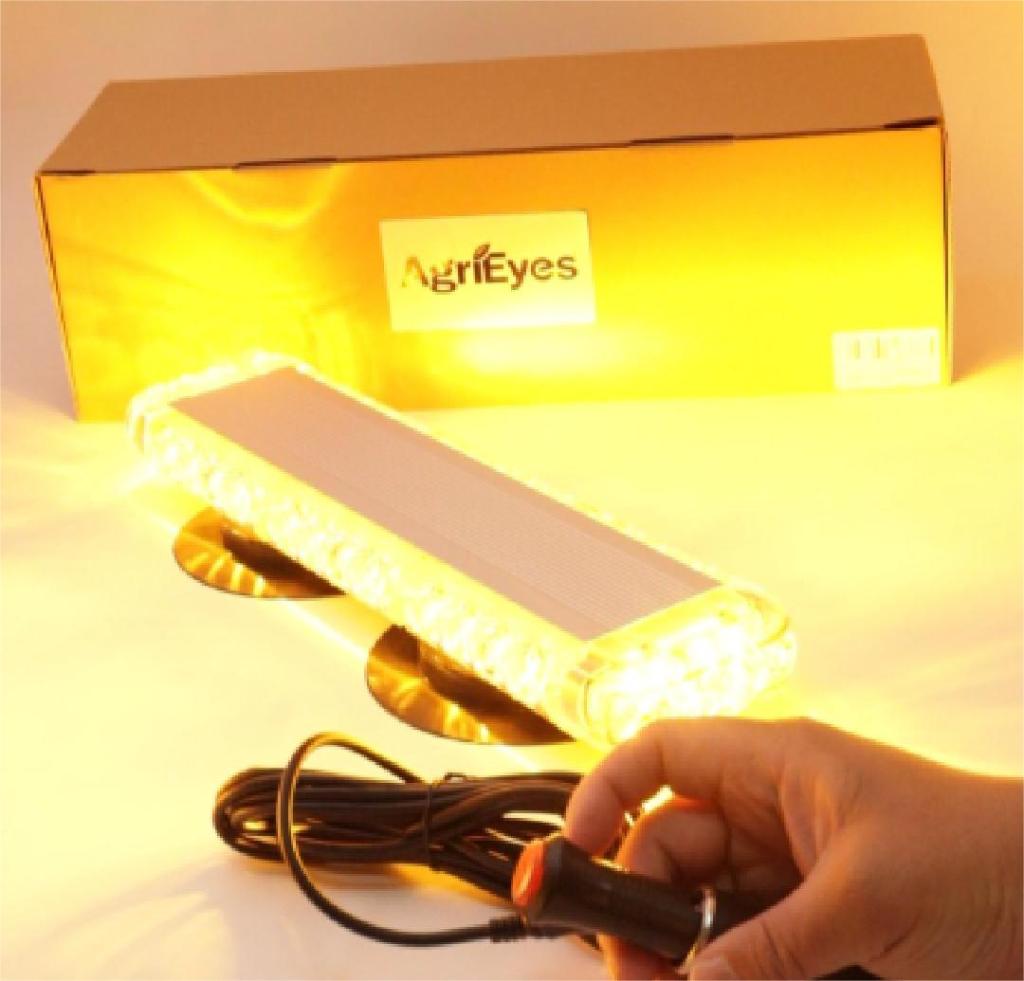Why does a LED Strobe Light is so Important in Modern Uses?
Why does a LED Strobe Light is so Important in Modern Uses?
Blog Article
In many modern applications, including traffic management, industrial safety, and emergency rescue, strobe lights are a necessary safety aid. Users today expect a strobe light bar to perform not just the most basic warning duties but also to be brilliant and low-power consumption due to technological improvements.
Recent technological advancements have made it possible to reduce power consumption by 15% and increase brightness by 30%, mostly due to improvements in photoelectric conversion efficiency and circuit design. This breakthrough decreases user operating costs while also embodying environmental values by extending battery life and enhancing product energy efficiency.

Photoelectric conversion refers to a light source’s capacity to convert electrical energy into light energy efficiently. It is well understood that the bulk of lamps used in ordinary strobe lights are incandescent or xenon, which have a low photoelectric conversion efficiency and lose a significant quantity of energy as heat.
AgriEyes signal light tech factory found that photoelectric conversion efficiency has skyrocketed as a result of recent advancements in LED technology. So, we adopt the led technology to improve our signal lights. Our current LED strobe light attain photoelectric conversion efficiencies of more than 30% by using optimized optical designs and cutting-edge semiconductor components, making them many times more efficient than previous light sources.
The circuit architecture of LED strobe lights= plays a vital role in their overall performance. Energy consumption efficiency can be significantly boosted by reducing energy loss during transmission and optimizing circuit layout.
Contemporary magnetic strobe light use cutting-edge circuit design technologies, such as complex control systems and effective power management chips, which could ensure the stability and brightness of the light while efficiently lowering energy usage.

Energy efficiency is one of the primary goals of modern electronic devices. When used under the same conditions, strobe lights consume 15% less electricity than regular products.
This reduces carbon emissions and contributes to the resolution of the global energy problem, in accordance with current environmental protection principles. Energy conservation also results in slower battery depletion during use, extending the product’s lifespan and decreasing resource waste.
One of the most important indications of strobe light bar performance is brightness enhancement. A 30% increase in brightness improves LED strobe light visibility and warning efficacy while keeping the same power consumption settings.
High brightness can significantly improve safety and reduce accident rates in areas such as traffic control and industrial safety. High brightness also makes the product more useful by ensuring good visibility in a wide range of lighting conditions.
Battery life is a key factor affecting the operating cost and user experience of electronic devices. Improved energy efficiency directly translates into longer battery usage time, reducing the hassle of frequent recharging for users. For certain special situations, such as field operations or prolonged emergency rescues, extended battery life is particularly important, greatly enhancing the reliability and practicality of the equipment.
High brightness and low power consumption have important technological ramifications as well as major financial advantages for users. First of all, decreased energy use instantly translates into cheaper electricity prices; this is especially true for high-frequency, long-term use. Second, longer battery life and fewer charge cycles result in lower maintenance expenses, increasing equipment longevity and lowering frequency of replacement and repair.
The great brightness of strobe lights in traffic control can effectively warn drivers, and lower the frequency rate of traffic accidents. Low power consumption makes sure that the device keeps operating steadily even throughout extended periods of high use. And also, it lessens the need for frequent battery replacement or recharging and guarantees the reliability and continuity of traffic control.

Strobe lights are frequently employed in harsh areas and critical situations during emergency rescues. High brightness ensures that rescue signals can be easily seen from a distance or in severe weather conditions, while low power consumption and long battery life ensure that the equipment continues to operate during protracted rescue missions, significantly improving rescue efficiency and success rates.
The strobe light industry will continue to improve in terms of low power consumption and high brightness as technology advances. In the future, more intelligent control systems and efficient photoelectric materials are expected to improve energy efficiency. Furthermore, incorporating advanced functions such as automatic brightness adjustment, remote control, and self-diagnosis would enhance the product’s performance and user experience.